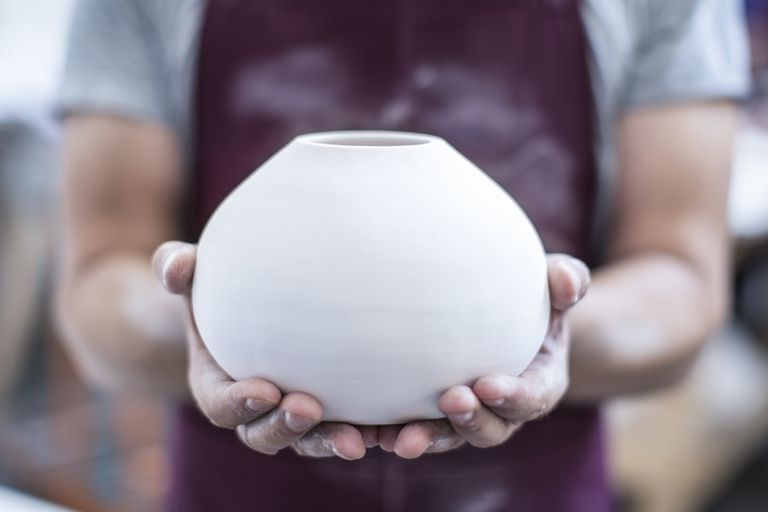It is often said that one of the biggest advantages which ceramics have over other materials is their corrosion resistance, that is, their chemical inertness in corrosive environments. Is this always true?
Corrosion is generally understood as property degradation due to environmental attack. As it will be shown in this section, there are a number of environments in which ceramics can degrade at a rapid rate. There exists a tremendous need for reliable and corrosion resistant structural ceramic or partly ceramic materials which can be used in aggressive environments such as:
– high energy battery systems (such as sodium-sulphur): beta-alumina is being investigated
– gas turbines: silicon nitride and/or carbide are being investigated
– heat exchangers: SiC, composites are being investigated Ceramics are indeed much more environmentally stable, as compared to any other group of engineering materials, e.g. metals or plastics. Still, the potential for ceramics as corrosion resistant engineering structural materials are far from being fully realized, because of:
– mechanical nonreliability of structural ceramic components
– difficult design with brittle materials
– a shortage of information and standardization of ceramics
– human reluctance to use non-ductile materials
Issues of particular importance when considering corrosion of ceramics:
– The resistance of many ceramics to wetting by a corrosive liquid is a valuable property.
Little corrosion is expected if a liquid does not wet a ceramic. This is why, for example, born nitride (BN) and graphite are useful in handling melts and including the extremely corrosive melts of silicate glasses. BN and graphite are not wetted by these liquids.
– The solubility of the reaction product in the corrosive environment (liquid) is critical to the extent of corrosion. Reaction barriers can form and prevent corrosion. Some examples are silica on silicon carbide or nitride, and alumina on Al. On the other hand, continuous dissolution of the reaction product can occur and sustain corrosion even for small chemical driving force, for instance Al2O3 in molten KOH.
– Even if a major component of the ceramic is resistant to a given corrosive environment, a minor phase (especially a grain boundary phase, in particular under stress) could be corroded (leached), leading to the general failure of the component. Some examples include:
¸ Alumina in water, where preferential attack of the grain boundary glassy (silicate)
phases occurs.
¸ The preferential attack of free Si in reaction bonded SiC, by alkalis or molten metals.
¸ The oxide grain boundary phases in nonoxides (B2O3 in BN, silicates in Si3N4 and SiC) are sensitive to water.
Severe corrosion takes place if the ceramic is in contact with a substance which can combine with it and form low-melting liquids (i.e. with eutectic point below ambient temperature).
The example of above situation is the system composed of metallurgical slag in contact with refractories. If the reaction is thermodynamically possible, the corrosion will proceed at a dramatic rate if the refractory is wetted by the slag.


